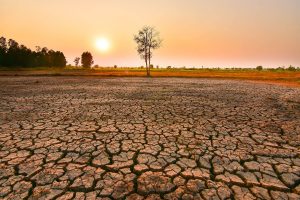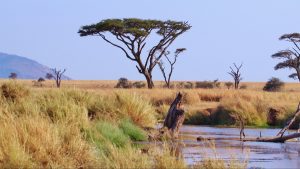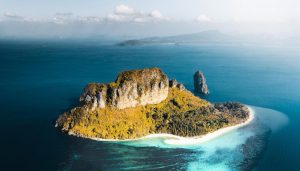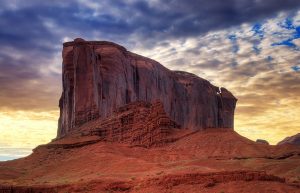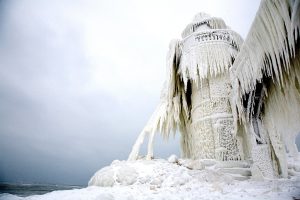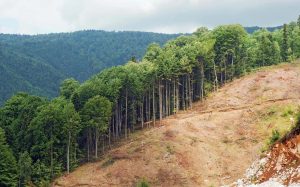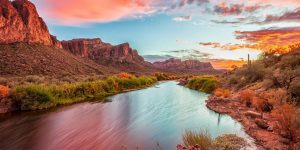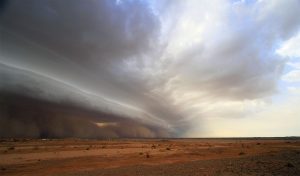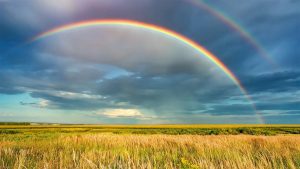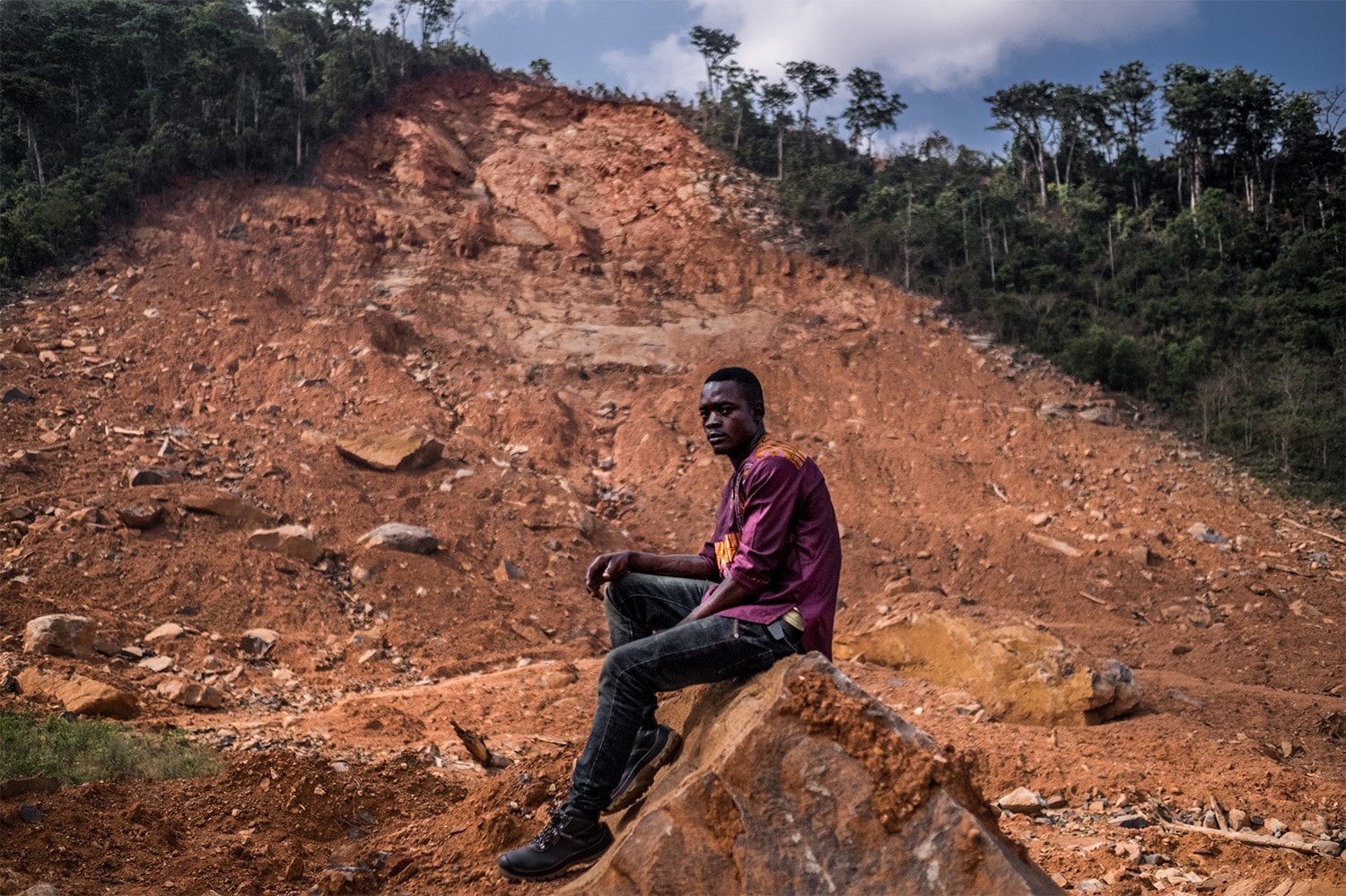
25 interesting facts about Mudslide
511
Mudslides, a natural disaster often triggered by heavy rainfall, melting snow, or volcanic activity, involve the rapid downward movement of water-saturated earth material. They can occur with little warning and can cause significant destruction to landscapes, properties, and communities. Mudslides are influenced by a variety of factors, including soil composition, slope steepness, vegetation cover, and human activities. Understanding mudslides is crucial for disaster preparedness and mitigation efforts, especially in regions prone to this hazard. This article delves into some interesting and informative facts about mudslides, highlighting their causes, impacts, and notable occurrences.
- Mudslides, also known as mudflows or debris flows, consist of a mixture of water, rock, soil, organic matter, and other materials.
- They can reach speeds of up to 60 miles per hour (97 kilometers per hour) on steep terrain.
- Mudslides are more likely to occur in areas where wildfires or human activities have removed vegetation cover, leaving the soil exposed and less stable.
- The deadliest mudslide in recorded history occurred in Armero, Colombia, in 1985, caused by the eruption of the Nevado del Ruiz volcano, resulting in approximately 23,000 deaths.
- Mudslides can be triggered by earthquakes, which shake loose earth materials on vulnerable slopes.
- Heavy rainfall is the most common trigger for mudslides, as water saturation decreases soil stability.
- In the United States, California is particularly susceptible to mudslides due to its combination of steep terrain, seasonal heavy rains, and frequent wildfires.
- Mudslides can carry large objects, including boulders, trees, and cars, increasing their destructive power.
- Early warning systems for mudslides involve monitoring rainfall, changes in soil moisture and movement, and sound sensors to detect the flow of debris.
- The term “lahar” is used to describe mudflows related to volcanic activity, which can be triggered by volcanic eruptions, heavy rainfall on volcanic deposits, or the breakout of summit crater lakes.
- In 2014, the Oso mudslide in Washington State, USA, resulted in 43 deaths and the destruction of an entire rural community.
- The depth of a mudslide can vary from a few inches to several feet, depending on the volume of material involved.
- Mudslides are distinct from landslides in that they involve a fluid, flowing movement of earth materials, whereas landslides are characterized by the downward sliding of rock or soil.
- Climate change, through increased rainfall and extreme weather events, may contribute to a higher frequency and intensity of mudslides.
- Deforestation for agriculture or development increases the risk of mudslides by removing root systems that stabilize soil.
- Engineering measures to prevent or mitigate mudslide damage include retaining walls, drainage systems, and revegetation of vulnerable slopes.
- The Himalayas, Andes, and Rocky Mountains are among the world’s regions most prone to mudslides due to their steep terrains and monsoonal or seasonal rainfall patterns.
- Mudslides can occur with little to no warning, making them one of the most sudden and dangerous natural disasters.
- Soil liquefaction, a process by which water-saturated sediment temporarily loses strength and acts as a fluid, often occurs during mudslides.
- The International Consortium on Landslides (ICL) promotes global cooperation on landslide research, including mudslides, to enhance disaster resilience.
- In urban areas, improper drainage and construction on steep slopes can exacerbate the risk of mudslides.
- Insurance policies often treat mudslides differently from other natural disasters, so homeowners in at-risk areas may require additional coverage.
- Ancient mudslides have been identified through geological studies, indicating that this hazard has impacted the Earth for millions of years.
- Technology, such as satellite imagery and remote sensing, is increasingly used to monitor and study mudslide-prone areas.
- Community-based preparedness programs are essential in mudslide-prone regions to educate residents about evacuation plans and safety measures.
Mudslides represent a powerful natural force capable of reshaping landscapes and communities in moments. Understanding the conditions that lead to mudslides and implementing effective mitigation strategies are vital steps in reducing their impact. As climate change and human development alter natural landscapes, the importance of vigilance and preparedness for mudslide events becomes ever more critical. Through continued research and community engagement, we can better anticipate and respond to the challenges posed by mudslides, safeguarding lives and properties in vulnerable regions.
 MillionFacts
MillionFacts 
 Related posts
Related posts 
